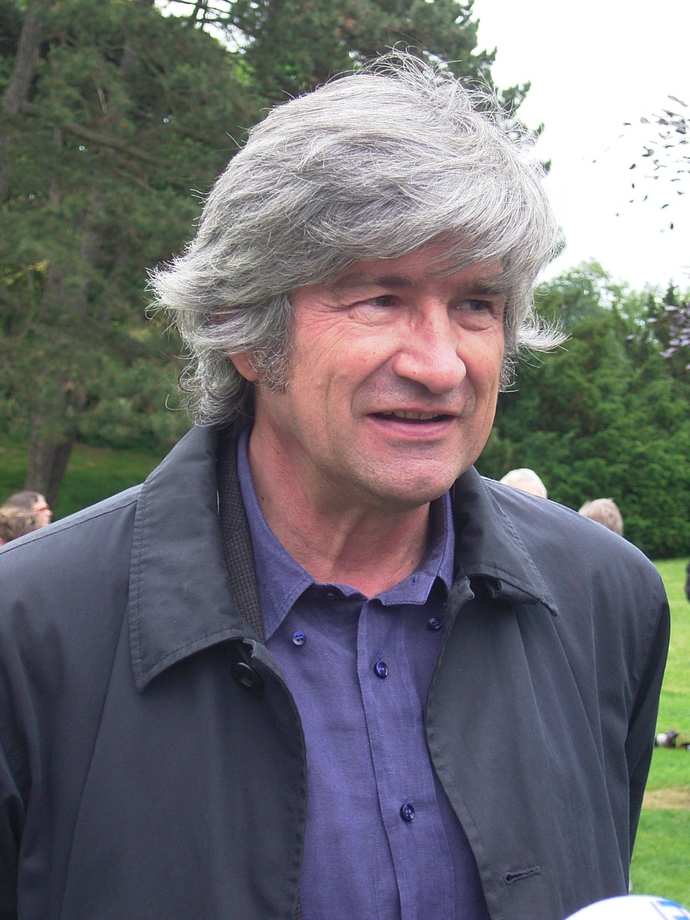
Giuseppe Penone
Giuseppe Penone is an acclaimed Italian sculptor, conceptual artist, and a member of the Arte Povera movement. His sculptures, installations, and drawings are known for their unconventional materials and unique processes, integral to his artistic vision.
Biography of Giuseppe Penone
Giuseppe Penone was born in the late 1940s in Garessio, Italy. He graduated from the Accademia di Belle Arte in Turin and was influenced by the radical politics of the late 1960s. Dissatisfied with traditional academic art's constraints, Penone embraced modern sculptural practices.
Penone embarked on his artistic journey in 1968 at the age of 21, though it was in the 1970s that his work began to garner attention. A pivotal moment came with his renowned performance from the 1970s titled "To reverse one's eyes," marking the inception of his distinctive style. During this performance, Penone wore mirrored contact lenses, rendering him sightless. Navigating solely by touch and movement, he underscored the intimate link between the human body and its surroundings.
Throughout the early 1970s, Penone often utilized his body as either the primary subject or tool. For instance, he projected images from his skin's surface onto walls. Motifs such as vessels, fingerprints, and body images permeated his work during this period. Transitioning into the 1980s, Penone introduced agricultural tools crafted from metal, terracotta, and wood into his practice. This exploration eventually culminated in his dedication to crafting sculptures depicting trees. Utilizing diverse materials, he unveiled the intricate structures beneath bark and skin, branches, and limbs.
Many of the artist's renowned pieces, such as "Verde del Bosco" and "Ripetere il Bosco," were created in the mid-1980s. In 2001, he was honored with the Rolf Schock Prize, and in 2007, he participated in the prestigious Venice Biennale. Today, Giuseppe Penone's work is prominently featured in esteemed galleries and museums worldwide, including the Tate Gallery in London, the Centre Georges Pompidou in Paris, MAXXI in Rome, the Stedelijk Museum in Amsterdam, and MOMA in New York.
Giuseppe Penone's Art Style
While he considers the traditional aspects of sculpture such as volume, matter, and space, Penone diverges from conventional sculptors by delving into the interface between the physical self and the natural world. Each of his works achieves completion by merging its materials with the natural elements. Penone's fascination lies in exploring the full visual, tactile, and olfactory spectrum of a material to reveal its most captivating qualities.
Like fellow artists of the Arte Povera movement, Giuseppe Penone displays a remarkable sensitivity towards natural materials. His body of work serves as a poignant tribute to the intrinsic bond between the earth, seen as a universal substance and our abode, and humanity.
Additionally, his sculptures serve as a manifestation of his inner landscape—a reflection of the land where he spent his youth, nurturing his artistic sensibilities. He describes how the forest was his playground, evolving into his laboratory and studio. Through his art, Penone also portrays the transformation of natural materials, shaped by the passage of time and human interactions.
Years:
Born in 1947
Country:
Italy, Garessio
Gallery: